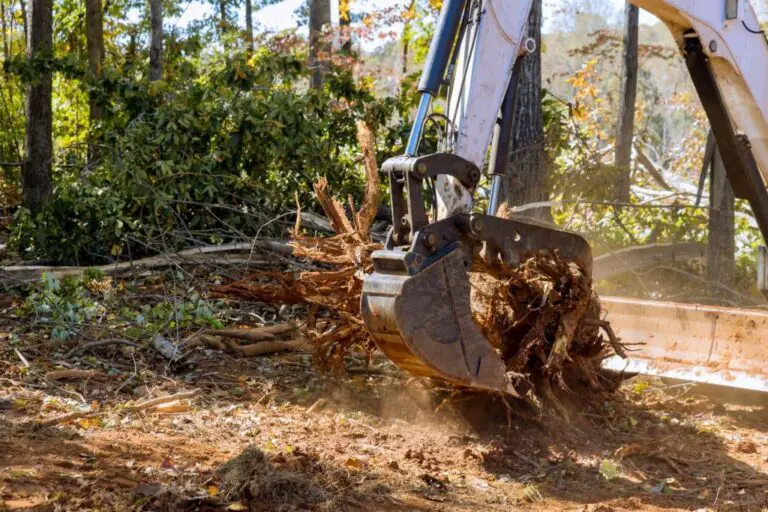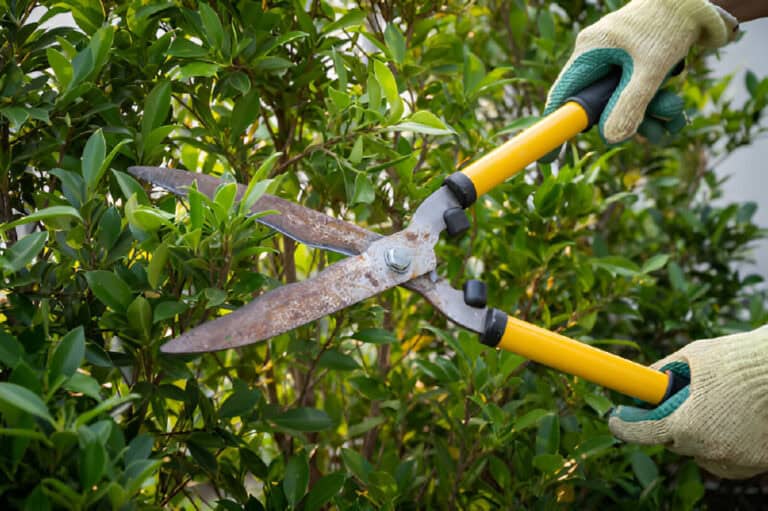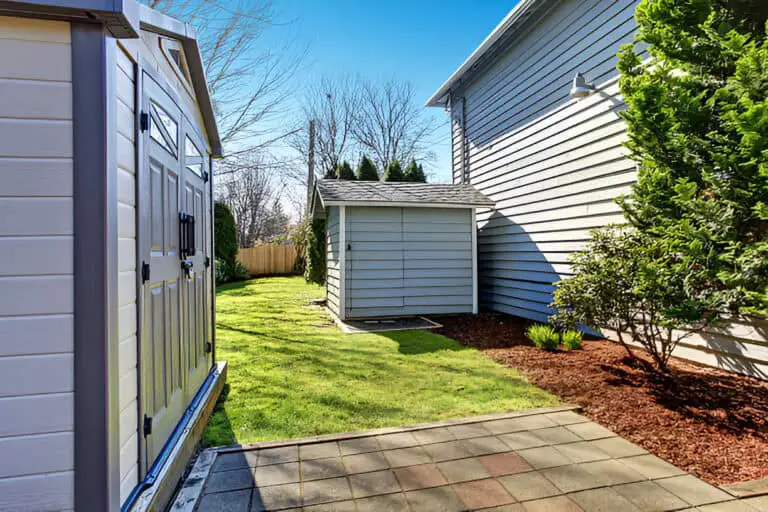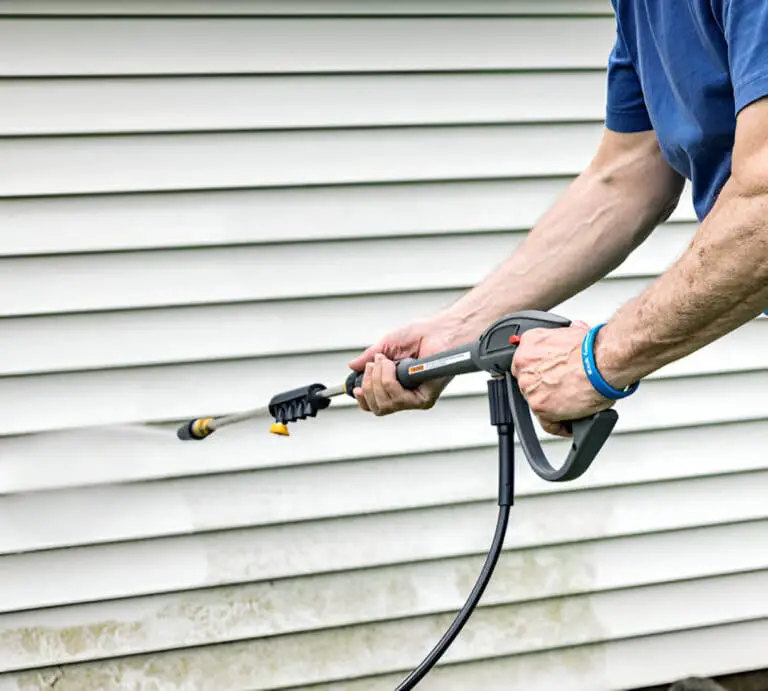Plastic vs. Wood Sheds: Which One Wins the Backyard Battle?
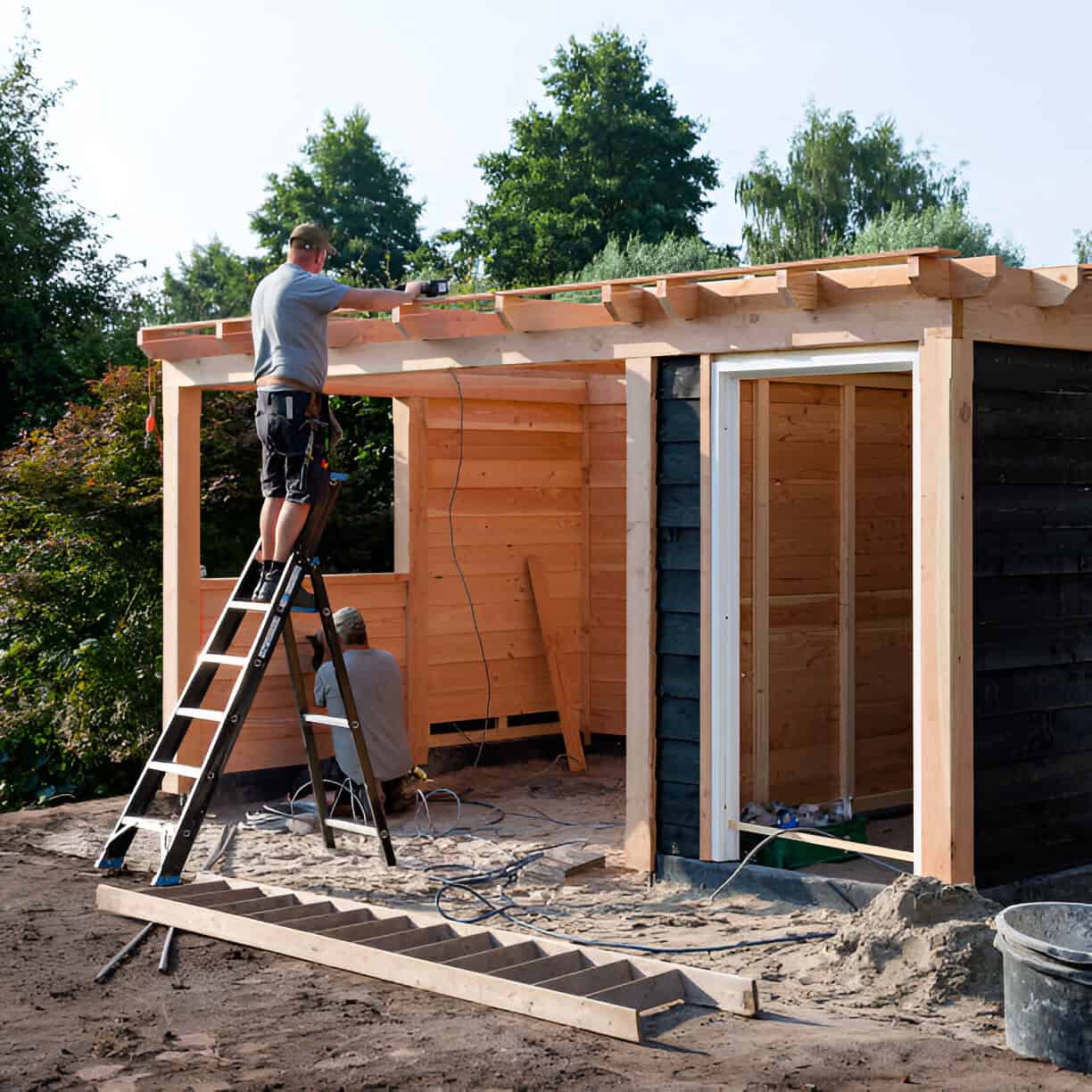
A backyard shed is more than just a storage box—it’s a sanctuary for tools, a fortress against clutter, and sometimes, a backyard statement piece. But before you start assembling shelves and hanging garden tools, you have to make a big decision: plastic or wood?
This choice isn’t just about aesthetics. It’s a battle of durability, maintenance, cost, and function. So, let’s roll up our sleeves and dive into this backyard showdown to see which shed reigns supreme.
Round 1: Durability and Weather Resistance
The elements can be ruthless. Rain, sun, wind, and even snow all conspire to test the strength of your shed.
Plastic Sheds: Weatherproof Warriors
✔ Made from high-density polyethylene or resin, plastic sheds laugh in the face of moisture. No warping, no rotting—just solid protection.
✔ UV-resistant models won’t fade or crack under the sun’s relentless glare.
✔ Immune to termites, mold, and mildew.
✘ Strong winds can be their Achilles’ heel—lightweight models might need anchoring.
Wood Sheds: Classic but High Maintenance
✔ Sturdy and solid, able to withstand wind and heavy snow loads.
✔ Can be treated to resist rot, termites, and moisture—but this requires ongoing effort.
✔ Natural insulation keeps contents at a stable temperature.
✘ Susceptible to warping, cracking, and decay over time.
✘ Requires sealing, staining, or painting to stay in top shape.
🏆 Winner: Plastic sheds for weather resistance, but wood sheds hold their ground in terms of strength.
| Check out: What’s the Best Material for Outdoor Sheds? |
Round 2: Maintenance and Upkeep
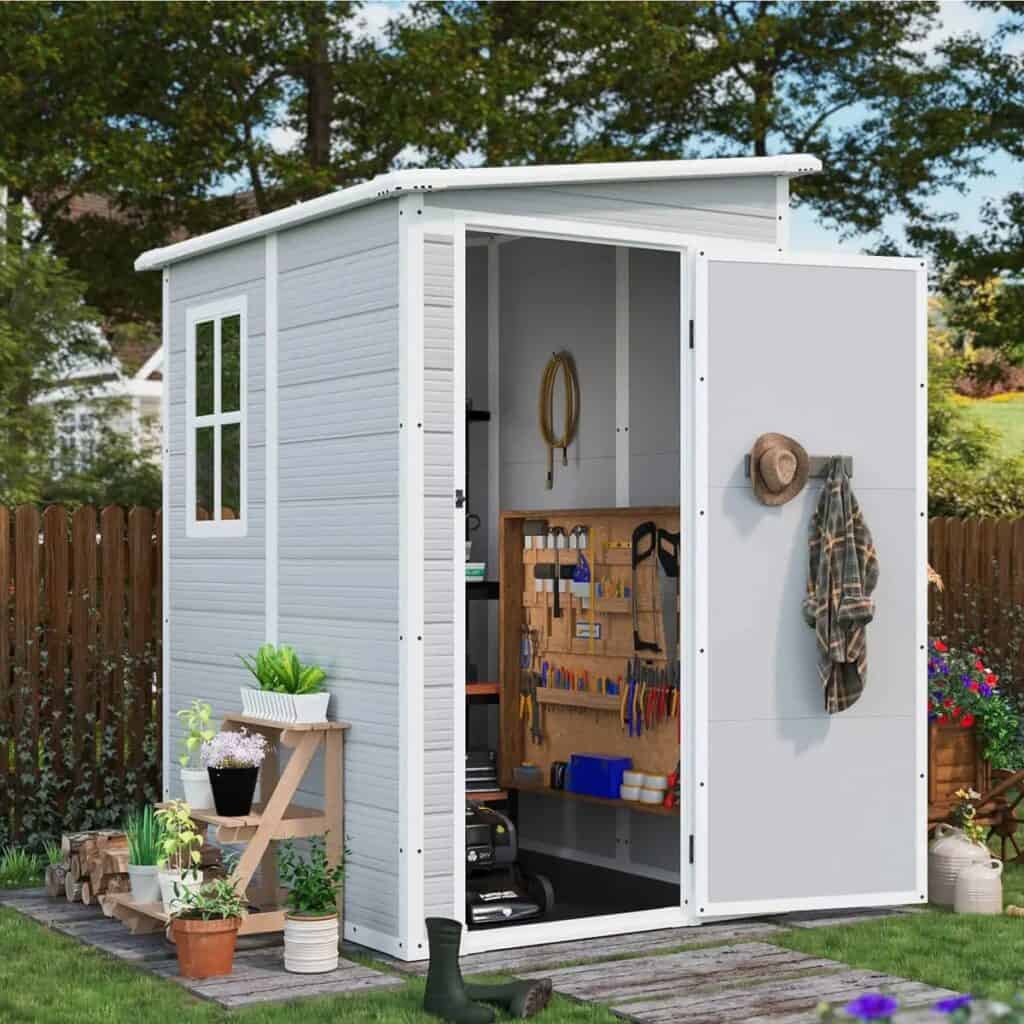
Nobody wants a shed that turns into a weekend chore list. Let’s see which one demands more elbow grease.
| Feature | Plastic Shed | Wood Shed |
| Painting/Staining | No | Yes, every few years |
| Pest Resistance | High | Low (unless treated) |
| Cleaning | Hose it down | Scrub, repaint, and seal |
| Repairs | Minimal | Wood can crack, warp, or rot |
🏆 Winner: Plastic sheds—they require little more than an occasional rinse.
Round 3: Aesthetic Appeal and Customization
Your shed isn’t just a storage box—it’s a part of your backyard’s personality. Which option gives you the most curb appeal?
Plastic Sheds: Function Over Form
✔ Available in neutral colors that blend with most yards.
✔ Some models mimic wood grain, but they still look, well, plastic.
✘ Limited ability to customize—no painting, no major alterations.
Wood Sheds: The Backyard Beauties
✔ Hands-down the best-looking sheds. Natural wood has timeless appeal.
✔ Can be painted, stained, or customized with windows, shelves, and decorative trim.
✔ Adds rustic charm and boosts property value.
✘ Requires regular upkeep to maintain its beauty.
🏆 Winner: Wood sheds—they offer a level of customization and aesthetic appeal that plastic can’t match.
Round 4: Cost and Value
Let’s talk money. Which shed gives you the most bang for your buck?
| Factor | Plastic Shed | Wood Shed |
| Initial Cost | Lower | Higher |
| Long-Term Costs | Minimal upkeep | Ongoing maintenance needed |
| Lifespan | 10-20 years | 15-30 years (with care) |
| Property Value | Functional, but not a value booster | Can increase property appeal |
🏆 Winner: Tie. Plastic wins on upfront costs and low maintenance, but wood sheds can add resale value if well-maintained.
Round 5: Assembly and Installation
Unless you’re hiring a pro, you’ll need to put this thing together yourself.
Plastic Sheds: Snap and Go
✔ Typically comes in lightweight, interlocking panels for easy assembly.
✔ Requires minimal tools—often just a screwdriver or drill.
✔ Can be placed directly on a flat surface.
✘ May require anchoring in windy areas.
Wood Sheds: More Work, More Reward
✔ Requires a solid shed foundation (gravel pad or concrete slab recommended).
✔ Assembly involves screws, nails, and possibly power tools.
✔ Customizable, but that means more time and effort.
✘ Heavier and more complex to build.
🏆 Winner: Plastic sheds—they’re the go-to for DIYers who want quick, hassle-free setup.
Environmental Impact: Plastic vs. Wood Sheds
Choosing between a plastic or wood shed isn’t just about durability and aesthetics—it also affects the environment. Wood, as a natural resource, is renewable and biodegradable, making it a sustainable choice when sourced responsibly. However, deforestation and improper harvesting can contribute to environmental degradation.
Eco-Friendliness Comparison
| Factor | Wood Sheds | Plastic Sheds |
| Sustainability | Renewable, biodegradable, but depends on responsible sourcing | Made from petroleum-based materials, not biodegradable |
| Recyclability | Decomposes naturally, can be repurposed | Some plastics are recyclable, but many end up in landfills |
| Carbon Footprint | Lower if using reclaimed or FSC-certified wood | Higher due to manufacturing and chemical processing |
While plastic sheds require less maintenance and last longer, they come at the cost of a higher carbon footprint. If sustainability is your priority, a well-maintained wood shed—especially one made from reclaimed or FSC-certified wood—may be the greener choice.
The Verdict: Which One Wins?
| Category | Winner |
| Durability & Weather Resistance | Plastic Shed |
| Maintenance & Upkeep | Plastic Shed |
| Aesthetic & Customization | Wood Shed |
| Cost & Value | Tie |
| Assembly & Installation | Plastic Shed |
So, Which One Should You Choose?
- Go with a plastic shed if you want something low-maintenance, weather-resistant, and easy to assemble.
- Choose a wood shed if you prefer a timeless look, customizability, and a structure that could add character to your yard.
Either way, the best shed is the one that meets your needs without becoming a burden. Whether you go for the rugged workhorse of plastic or the classic charm of wood, one thing’s for sure—your backyard will never be the same.
Happy shed shopping!

